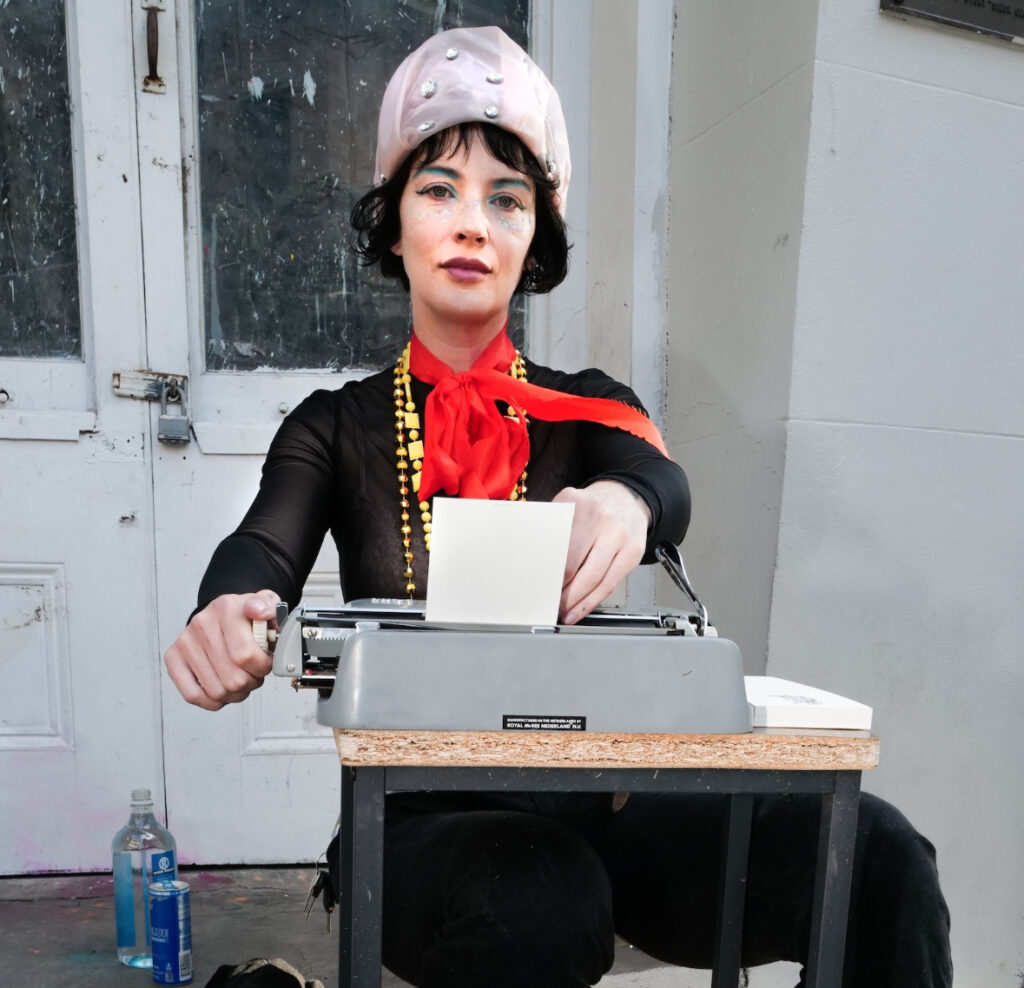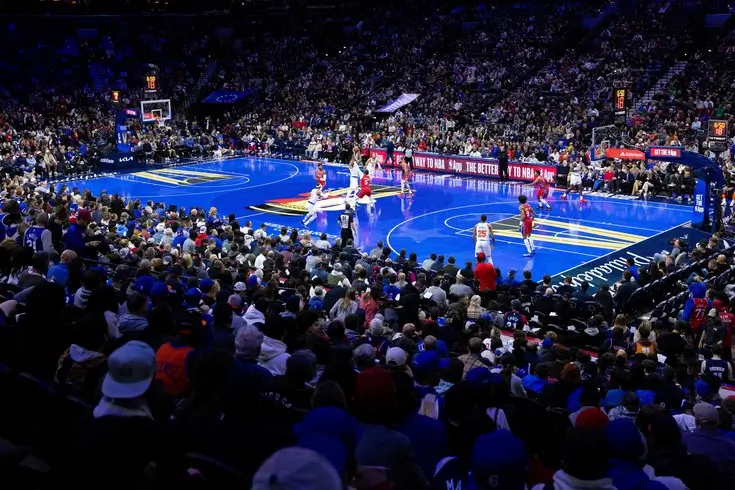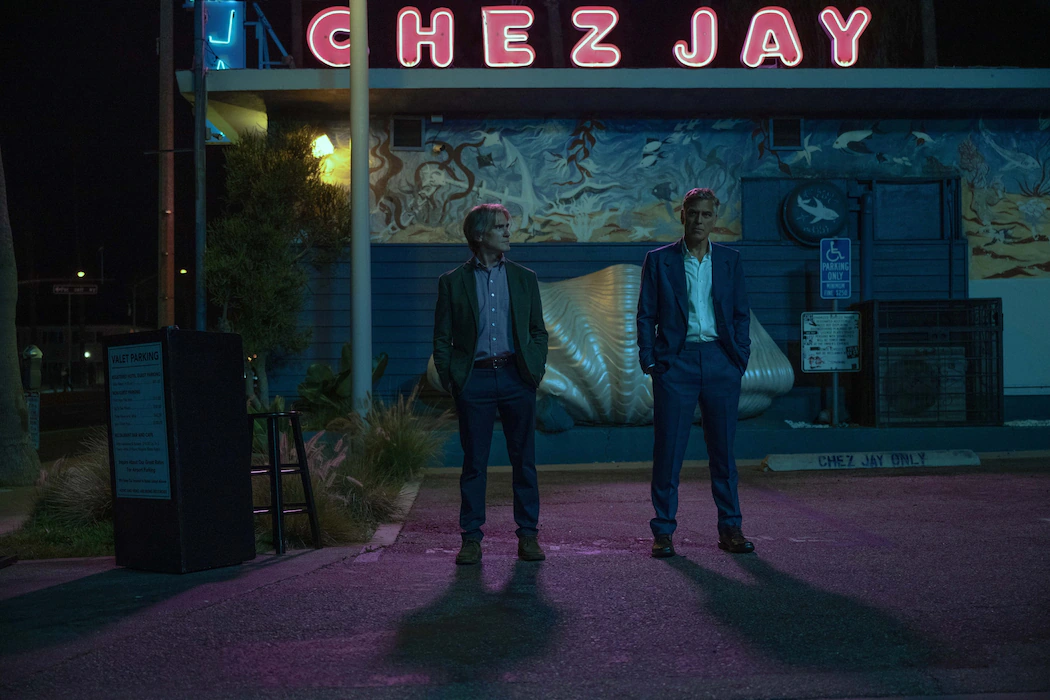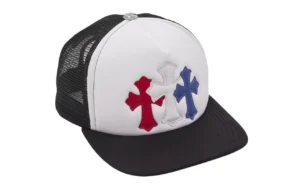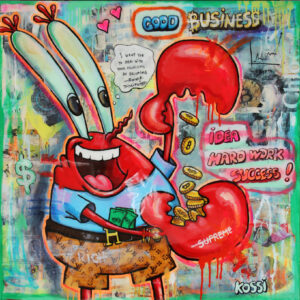New Orleans is no stranger to adversity. The city has weathered hurricanes, economic hardships, and social upheavals, yet it always finds a way to rise above challenges with an unbreakable spirit.
This year’s Mardi Gras celebrations were a testament to that resilience, as the people of New Orleans gathered in joyous revelry despite the shadow of a recent terror attack and the looming threat of extreme weather.
Through the dazzling floats, the vibrant costumes, and the jubilant crowds, the city once again proved why Mardi Gras is more than just a festival—it is a declaration of perseverance, unity, and cultural pride.
A City That Refuses to Be Broken
The terror attack on New Year’s Day was a tragedy that sent shockwaves through the city. The event, which authorities classified as a deliberate act of violence, left residents shaken. Questions arose about whether the upcoming Mardi Gras celebrations could proceed safely or whether the city would have to curtail its most beloved annual tradition.
For New Orleans, Mardi Gras is not just a holiday—it is part of the city’s identity. Dating back to the early 18th century, the festival has deep historical roots that tie together elements of French, Spanish, and Creole culture. The thought of canceling or heavily restricting the event was met with a collective determination to push forward.
Local leaders, parade organizers, and residents came together to ensure that the show would go on. Their commitment was unwavering: Mardi Gras would happen, and it would be safe.
A Significant Security Presence
Ensuring the safety of millions of attendees was a top priority. Given the recent attack, officials took no chances. The city’s police force mobilized to provide the most extensive security operation in recent history.
• Approximately 600 uniformed police officers were assigned to oversee the parades, accounting for nearly two-thirds of the New Orleans Police Department.
• An additional 100 plainclothes officers were deployed, blending in with the crowds to monitor any suspicious activity.
• The National Guard and other military personnel were stationed at strategic points throughout the city, including high-traffic areas such as Bourbon Street, the French Quarter, and St. Charles Avenue.
• Advanced surveillance systems, including drone monitoring, street cameras, and facial recognition technology, were used to identify potential threats.
In addition to law enforcement efforts, residents and visitors were encouraged to remain vigilant. The city launched a “See Something, Say Something” campaign, urging anyone who noticed suspicious behavior to report it immediately.
The result? A Mardi Gras that remained safe and celebratory, free from major incidents or security breaches.
Adapting to the Weather: A Parade Reschedule
While security was a primary concern, another challenge loomed over the festival—the weather. Forecasters predicted severe winds, thunderstorms, and the possibility of tornadoes, particularly on the final days of the Carnival season.
Rather than risk cancelations or dangerous conditions, city officials and parade organizers made the proactive decision to reschedule key parades for earlier time slots.
Parade Adjustments:
• The Zulu Parade and Rex Parade, two of the most iconic events of Fat Tuesday, were moved up several hours to avoid the worst of the incoming storm.
• Several smaller krewes opted for earlier roll times or slightly altered routes to maintain safety.
• Street closures and crowd control measures were adapted to prevent bottlenecks as parade-goers adjusted to the new schedule.
Despite the shifting logistics, the city’s spirit remained unshaken. Crowds lined the streets even earlier than usual, eager to participate in the revelry before the weather took a turn. The adjustments, though inconvenient, were a small price to pay to ensure the grand finale of Mardi Gras could continue.
The Heart of Mardi Gras: Floats, Costumes, and Celebration
If there was any doubt that New Orleans would embrace its Carnival season with full enthusiasm, those doubts were erased the moment the first floats rolled down St. Charles Avenue.
The streets came alive with kaleidoscopic colors, intricate masks, and elaborate bead throws. Krewes, who had spent months preparing their floats, delivered a spectacle of artistry and tradition.
Some of the Most Stunning Floats Included:
• Zulu Social Aid & Pleasure Club’s “King Zulu” Float – A striking, gold-accented float celebrating African American culture and the historic significance of the Zulu organization.
• Rex’s Royal Procession – Featuring the “King of Carnival” in a regal display of Mardi Gras grandeur.
• Muses’ Glittering Heels – Known for their dazzling, high-heeled shoe throws, the all-female krewe once again enchanted parade-goers with their artistic flair.
Revelers adorned themselves in purple, green, and gold, the traditional colors of Mardi Gras representing justice, faith, and power. The energy was infectious—music filled the air, dancers performed along the streets, and spontaneous celebrations erupted on Bourbon Street and beyond.
More Than a Party: A Community United
While Mardi Gras is often associated with indulgence and excess, at its core, it is a celebration of community and resilience. This year’s festivities carried even deeper meaning, serving as a symbol of healing for a city still processing the pain of recent events.
Locals spoke of how Mardi Gras allowed them to reclaim their city after tragedy.
• Business owners in the French Quarter and along parade routes saw an influx of visitors, helping to boost the local economy.
• Artists and musicians, many of whom depend on the festival season for their livelihoods, found opportunities to showcase their talents.
• Families gathered on the streets, creating memories that would last a lifetime.
The power of Mardi Gras lies not just in its pageantry, but in its ability to bring people together, no matter the circumstances.
Looking Forward: The Future of Mardi Gras in a Changing World
The 2025 Mardi Gras celebrations proved that New Orleans is capable of adapting, growing, and thriving in the face of adversity. However, it also raised important discussions about the future of large-scale events in an increasingly uncertain world.
Enhanced Security Will Be the Norm – The success of this year’s security measures suggests that heightened police presence, surveillance, and preemptive safety protocols will likely become standard practice for future celebrations.
Climate Adaptation Is Necessary – With unpredictable weather patterns becoming more common, city officials may need to build more flexibility into parade schedules, implement better infrastructure for extreme weather, and improve communication with attendees.
Community Engagement Is Essential – The resilience of Mardi Gras comes from the people of New Orleans themselves. Continuing to involve residents, local businesses, and cultural organizations in planning efforts will ensure that Mardi Gras remains both safe and authentic.
Impression
Mardi Gras 2025 was more than just a celebration—it was a victory for New Orleans. In the face of fear, uncertainty, and logistical challenges, the city stood tall.
As the final beads were thrown and the last notes of jazz echoed through the streets, one message rang loud and clear:
New Orleans is unbreakable.
The city’s ability to dance in the face of adversity, to celebrate even in difficult times, and to embrace both tradition and change is what makes Mardi Gras more than just a festival. It is a way of life, a spirit of resilience, and a testament to the enduring heart of New Orleans.
And as always, when the confetti settles and the music fades, the city will be waiting—ready to do it all over again next
No comments yet.

